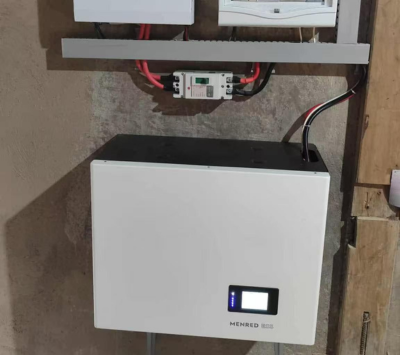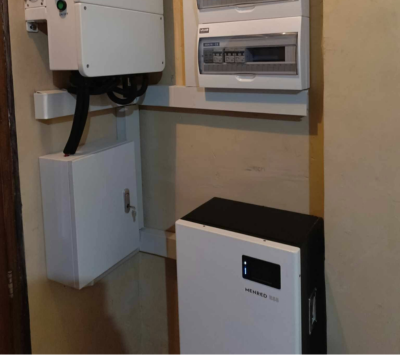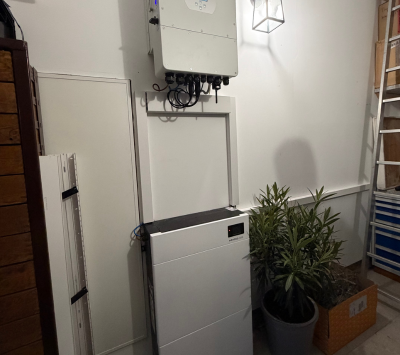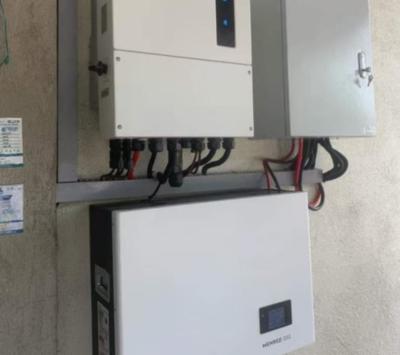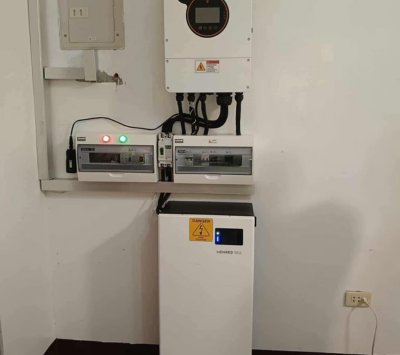Introduction
In the realm of energy storage, LiFePO4 batteries have emerged as a prominent choice, particularly in applications where safety and longevity are paramount. Also known as lithium iron phosphate batteries, they represent a significant advancement in lithium-ion technology. This article delves into the fundamentals of LiFePO4 batteries, their unique properties, applications, and advantages, aiming to enhance understanding and appreciation of this modern energy storage solution.
What is a LiFePO4 Battery?
A LiFePO4 battery is a type of rechargeable battery that belongs to the lithium-ion family but uses lithium iron phosphate (LiFePO4) as its cathode material. It contrasts with more common lithium-ion batteries, which often use lithium cobalt oxide (LiCoO2) or lithium manganese oxide (LiMn2O4) in their cathodes.

Chemistry and Structure The core of a LiFePO4 battery’s chemistry lies in its cathode material – lithium iron phosphate. This compound provides a stable framework for the movement of lithium ions, which shuttle between the cathode and anode during charging and discharging cycles. The anode is typically made of graphite, a form of carbon.
Safety and Thermal Stability LiFePO4 batteries stand out for their thermal stability and safety. The phosphate-based cathode offers a stable structure that resists overheating and is less prone to thermal runaway than other lithium-ion chemistries. This stability reduces the risk of fires or explosions, even under harsh conditions.
Longevity and Cycle Life These batteries offer an impressive cycle life, often outlasting other lithium-ion counterparts. They can endure thousands of charge-discharge cycles with minimal capacity degradation, making them a cost-effective choice over the long term.
Environmental Impact The use of iron phosphate minimizes the environmental impact of LiFePO4 batteries. Iron is more abundant and less toxic than metals like cobalt and nickel used in traditional lithium-ion batteries, making recycling and disposal less harmful.
Performance Characteristics While LiFePO4 batteries have lower energy densities compared to other lithium-ion types, they excel in delivering high discharge currents. This makes them ideal for applications requiring high power over short periods.
Applications LiFePO4 batteries have found their niche in various applications including electric vehicles, portable power tools, solar energy storage, and backup power systems.
Voltage and Energy Density Each LiFePO4 cell has a nominal voltage of 3.2 volts, which is lower than the typical 3.7 volts of other lithium-ion cells. However, they compensate for this with high discharge rates and stability.
Cost Considerations The initial cost of LiFePO4 batteries can be higher than other lithium-ion types. However, their longer lifespan and reliability can lead to lower total cost of ownership over time.
Conclusion LiFePO4 batteries represent a significant step forward in battery technology, offering a blend of safety, longevity, and environmental friendliness. As the demand for sustainable and reliable energy storage continues to grow, LiFePO4 batteries are likely to play an increasingly vital role in various industries.

